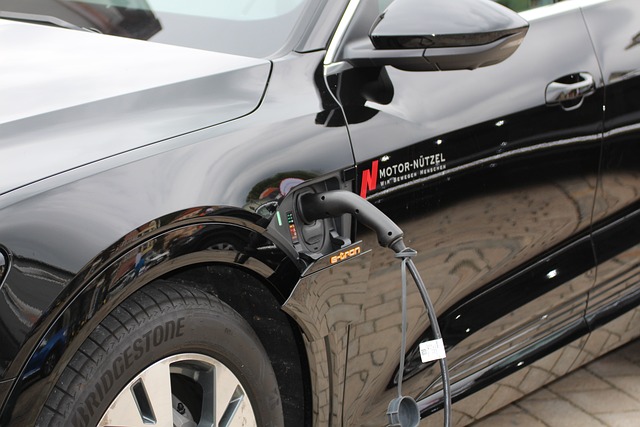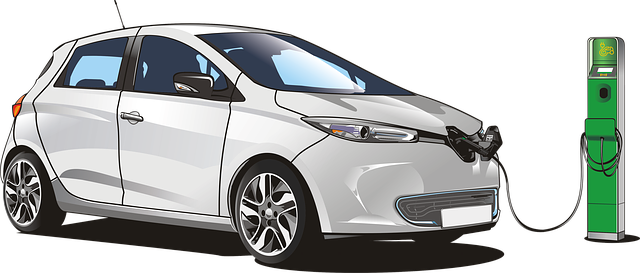Electric vehicles (EVs) have gained significant attention as a solution to combat climate change and reduce carbon emissions. However, the benefits of EVs extend beyond environmental impact. They also have a profound positive effect on public health by improving air quality and reducing health risks associated with traditional internal combustion engine vehicles. This article explores the relationship between electric vehicles and public health, highlighting the ways in which EVs contribute to cleaner air and healthier communities.
Air Pollution and Health Risks:
Air pollution, primarily caused by vehicle emissions, is a major public health concern. The combustion of fossil fuels releases harmful pollutants, including particulate matter (PM), nitrogen oxides (NOx), sulfur dioxide (SO2), and volatile organic compounds (VOCs). Prolonged exposure to these pollutants has been linked to respiratory problems, cardiovascular diseases, lung cancer, and other health issues. Particularly vulnerable populations such as children, the elderly, and individuals with pre-existing health conditions are at higher risk.

The Role of Electric Vehicles:
Zero Tailpipe Emissions: Electric vehicles produce zero tailpipe emissions, as they do not rely on fossil fuels for propulsion. Instead, they use electricity stored in batteries, resulting in cleaner air and reduced levels of harmful pollutants. By transitioning from conventional vehicles to EVs, we can significantly decrease the release of PM, NOx, and other harmful pollutants into the atmosphere.
Improved Air Quality: The adoption of electric vehicles leads to improved air quality, particularly in urban areas with high traffic congestion. EVs reduce the concentration of pollutants, creating a healthier environment for residents. This, in turn, reduces the risk of respiratory diseases, allergies, and other health problems associated with poor air quality.
Mitigating Noise Pollution: In addition to air pollution, traditional vehicles contribute to noise pollution, which can have detrimental effects on public health. The quiet operation of electric vehicles significantly reduces noise levels, creating a more peaceful and less stressful urban environment. This can have positive implications for mental health and overall well-being.
Indirect Health Benefits: The increased adoption of EVs also has indirect health benefits. As the demand for electric vehicles rises, the need for renewable energy sources, such as solar and wind power, increases. These clean energy sources contribute to reduced emissions from power generation, further improving air quality and minimizing the negative health impacts associated with fossil fuel-based electricity production.
Challenges and Considerations:
While electric vehicles offer substantial health benefits, some challenges and considerations need to be addressed:
Charging Infrastructure: The availability and accessibility of charging infrastructure play a crucial role in the widespread adoption of electric vehicles. Governments and private entities need to invest in robust charging networks to alleviate range anxiety and facilitate convenient charging options for EV owners.
Affordability and Accessibility: Electric vehicles, particularly in their early stages, tend to have a higher upfront cost compared to conventional vehicles. Ensuring affordability and accessibility of EVs through incentives, subsidies, and financial assistance programs will promote their wider adoption, making their health benefits accessible to all communities.
Battery Recycling: Electric vehicle batteries contain valuable materials but also require proper end-of-life management. Establishing efficient and environmentally friendly recycling programs for EV batteries is essential to minimize waste and potential environmental impacts.
Collaboration and Policy Interventions:
To maximize the public health benefits of electric vehicles, collaboration between governments, private sector stakeholders, and communities is crucial. The following policy interventions can drive the transition to cleaner transportation:
Incentives and Rebates: Governments can offer financial incentives, tax credits, and rebates to encourage the purchase of electric vehicles. These measures make EVs more affordable and attractive to consumers, accelerating their adoption.

Investment in Charging Infrastructure: Governments and private entities should invest in the development of an extensive charging infrastructure network, ensuring that charging stations are easily accessible and strategically placed to alleviate range anxiety.
Public Transportation Electrification: Transitioning public transportation fleets to electric vehicles can have a significant impact on air quality in densely populated areas. Governments can support and incentivize the electrification of buses, taxis, and other public transportation modes to reduce emissions and improve air quality.
Conclusion:
Electric vehicles offer a multitude of benefits for public health by reducing air pollution, improving air quality, and mitigating noise pollution. By transitioning to EVs, we can create cleaner, healthier communities, and reduce the burden of respiratory and cardiovascular diseases caused by vehicle emissions. Governments, private sector stakeholders, and communities must work together to address challenges, invest in charging infrastructure, and implement policies that promote the widespread adoption of electric vehicles. By embracing this transformative technology, we can pave the way for a healthier and more sustainable future.

